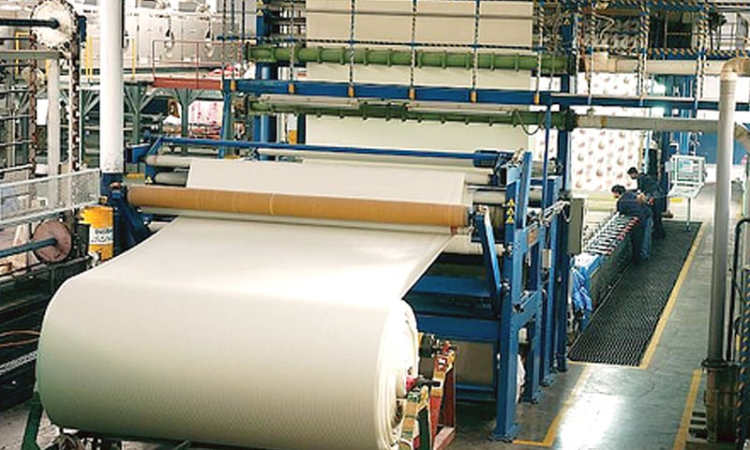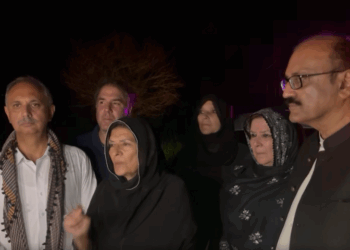Karachi, February 13, 2025: The closure of 187 textile mills in Punjab has raised serious economic concerns, with experts calling for immediate policy interventions to revive the struggling sector.
Economic analysts highlight high energy costs, outdated machinery, and lack of strategic planning as key factors behind the decline. APTMA Southern Zone Chairman Naveed Ahmed stressed that unaffordable electricity rates (Rs38–40 per unit) have made operations unviable, leading to widespread unemployment.
Prominent economist Dr. Mehmood Ul Hassan Khan emphasized that textiles contribute 60% to exports and 8.5% to GDP, making it crucial for the federal and Punjab governments to introduce financial incentives, reduce energy costs, modernize production, and promote sustainable supply chains.
Proposed reforms for revival include to establish Textile Development Bank, Tax Courts, and Model Textile Centers for R&D. Upgradation of machinery, adoption of automation, and invest in modern production methods is needed.
Experts urge policymakers to study India, Vietnam, China, and Bangladesh’s textile strategies, offering targeted banking incentives, subsidies, and long-term economic policies to ensure the sector’s survival. The establishment of a “Pak-China Textile & Garment City” in Faisalabad and incentives for overseas Pakistanis to invest could be game-changers.
With the textile industry at a critical juncture, swift action is necessary to prevent further job losses and economic decline.








